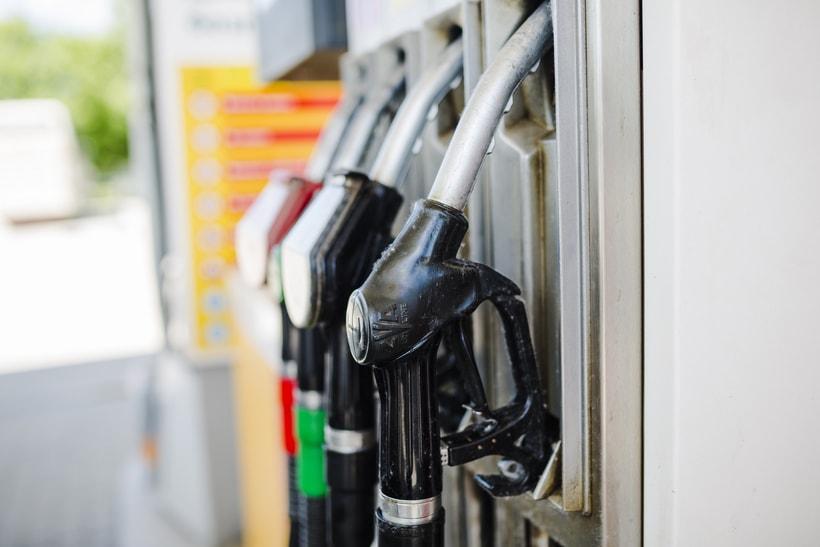In fact, the return of competitiveness of hydrated ethanol against gasoline in February, along with a very weak comparison base in January, of 917 million liters, allowed for the nearly 20% recovery in the margin of hydrated ethanol sales. However, the comparison with the previous month is the only positive vector in February, since year over year the fall reaches 28%. In comparison with the crop’s average, February sales are 12% lower. Against the 5-year average, the decline is milder, of around 5%, but still negative. A very peculiar detail of the report is that, despite the crush of 159 thousand tons of cane in the second half of February and the production of 11 thousand tons of sugar, besides the production of 4.6 million liters of anhydrous ethanol and 124 million liters of hydrated ethanol, the TRS level for the period came to zero.
Despite the lower-than-expected growth in the mills’ resumption of crush, SAFRAS & Mercado maintains its estimate that in March further 20 units will start earlier than usual their harvest of the 2022/23 season. The rains seen in the first half of the month must prevent a greater number of mills from doing the same. Moreover, the maintenance of hydrated ethanol competitiveness levels against gasoline must keep demand on the way to recovery in March, even though it has shown increases out of the record gains of gasoline over the period. SAFRAS & Mercado expects the second half of March to be less rainy, which should facilitate the earlier start of the harvest by these units, which should remain strongly focused on hydrated ethanol production, with many mills dedicating 100% of their production mix for the biofuel.
SAFRAS Latam

